
Get a first impression, scheduled soon.
Request a demo to see how NIPO can help you meet your requirements with our smart survey solutions.
We noticed that most domains on Nfield have orphaned surveys. Surveys that have had no activity for a long time. To help managing these surveys, NIPO introduced a new Automatic clean-up feature for inactive surveys. In this series of NIPO Academy sessions we will take through all the details of the feature and explain how to exempt surveys from this process.
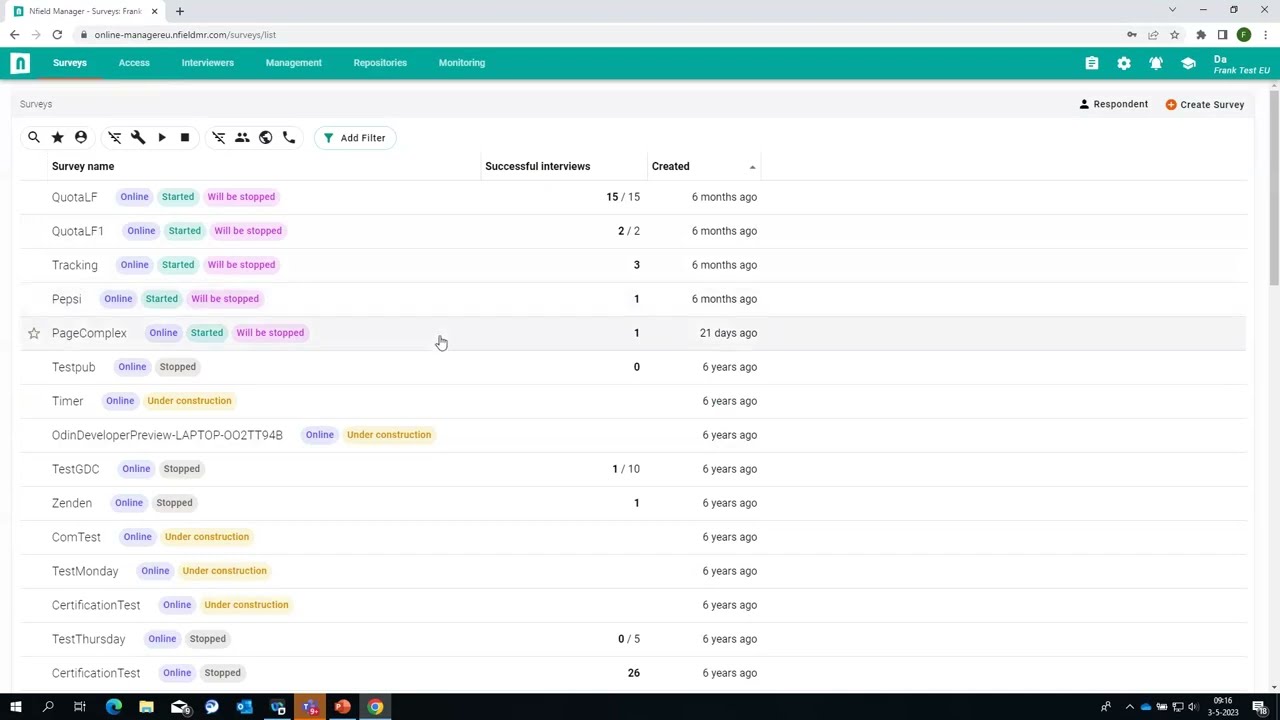
As a highly responsible SaaS provider to market research companies, NIPO, the company behind Nfield, fully understands the importance of protecting personal data and safeguarding against potential data breaches. Alongside our own comprehensive measures to prevent data breaches and swiftly lock down in the event of these being bypassed, we are also committed to helping our clients do all they can to protect their valuable data within the Nfield platform.
NIPO has the following measures in place to prevent data breaches:
Secura is a well-known and trusted company that specializes in providing cybersecurity services to organizations around the world, and we use their expertise to identify any potential loopholes in our code. By leveraging a combination of manual and automated testing techniques, Secura helps ensure Nfield’s code is secure and can withstand potential attacks from cybercriminals. This approach to security ensures that Nfield can maintain the highest standards of data protection for our customers.
In the unlikely event of a data breach, NIPO has a dedicated incident response team that follows a well-defined plan to mitigate the impact. This plan includes the following steps:
It is also vitally important that market researchers implement all available measures to protect respondents’ personal data and adhere to GDPR, or other applicable local regulations. At NIPO, we provide resources to help our clients with this, including our GDPR and Nfield Toolkit.
Here are some other simple steps you can take, which include making use of tools and features included in our Nfield platform:
At NIPO, we are committed to protecting personal data and safeguarding against potential data breaches. By implementing a comprehensive security strategy and incident response plan, we are prepared to handle any potential security incidents quickly and effectively. We also provide resources and guidance to help our customers protect themselves and adhere to GDPR regulations. With our commitment to data security, NIPO remains a trusted partner for market researchers looking to conduct research in a secure and compliant manner.
If you suspect a data breach or security incident related to your use of NIPO’s services, please report it immediately by contacting our Data Protection Officer at helpdesk@nipo.com. Reporting a suspected data breach promptly helps us to take swift action to contain and mitigate the impact of the incident. We take all reports of data breaches seriously and have a dedicated team in place to investigate and respond to incidents as quickly as possible.

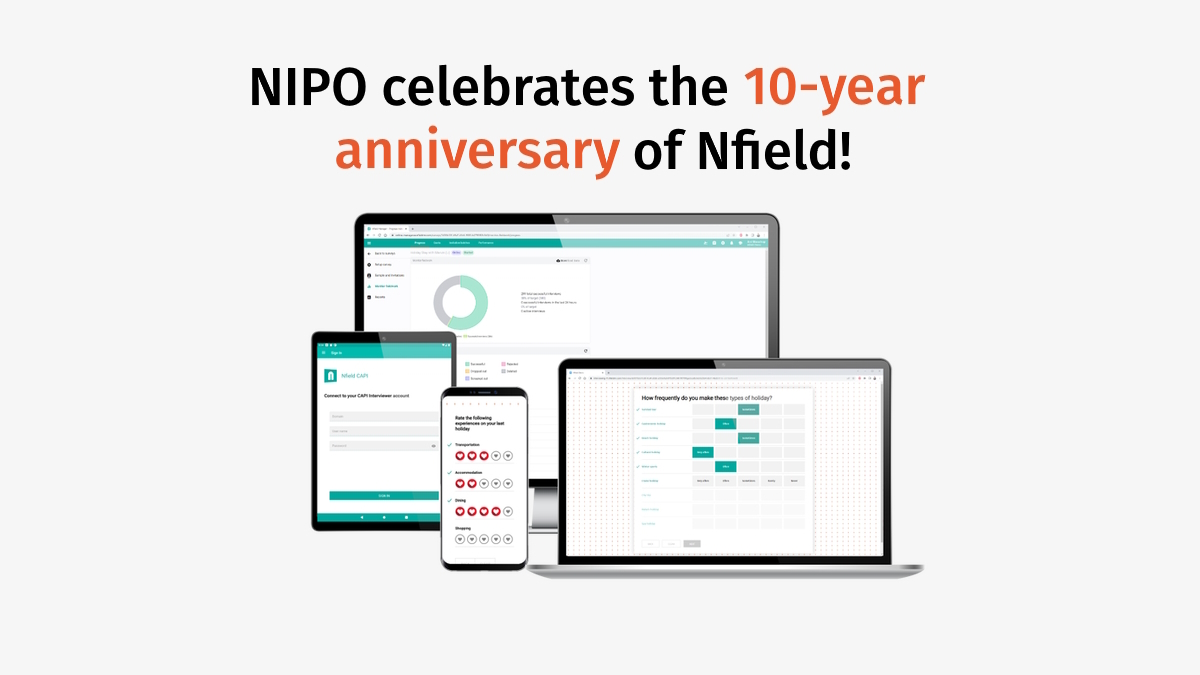
As a creator of truly purposeful survey solutions, we want every user to be able to get the best out of them. That means ensuring our customers fully understand what our products are capable of and how to utilize that capability to their own advantage.
Because our Nfield survey platform offers such a wide range of features, specifically designed to meet professional market researchers’ needs, there is a great deal to know. We therefore take a step-by-step approach to educating every individual customer, so the right knowledge is gained at the right time and nobody ever feels overwhelmed.
The Nfield learning process starts while you’re still considering whether we’re right for you. If you decide to come on board with us, we’ll get you fully up-to-speed using your product and continue providing guidance and, if required, access to external support services, for as long as you are an Nfield user.
A member of the NIPO Sales Team in your region will discuss your specific needs and determine whether, and how, Nfield can meet them. We want to forge successful long-term partnerships which means making sure you’ll be delighted with our service, so we start by carefully assessing whether we are right for each other.
While doing this, we’ll talk you through the various features Nfield offers for conducting online, face-to-face and (soon) telephone research, as necessary. We’ll point out the things you’ll need to consider, such as the possibility of needing additional training on some of our more advanced features or paid-for optional services (e.g. scripting, styling) delivered by an external partner.
Of course you’ll be keen to see Nfield in action, so we are happy to oblige via a live demo. We’ll schedule an online session that demonstrates scenarios related to your own requirements. Upon request, we can record the session so you can then share it with others in your organization.
Once you’ve signed up to Nfield, the sales representative you dealt with will hand you over to a member of our support team, who’ll work with you to get you up and running. Because the NIPO sales and support teams are closely integrated, the information we’ve already shared will be readily available to every support team member. So you won’t have to explain yourself all over again and they will be fully prepared to set you up.
We’ll start with a free 2-hour introductory training session, during which you’ll learn how to use the system and launch a survey, as well as other basics which are relevant to your specific needs. You’ll then be ready to start putting Nfield to work.
We’ll introduce you to our support website where you can access documentation, training and NIPO Academy videos, consult support cases and get useful tools.
You’ll have access to our Helpdesk support team who’ll be happy to help with any problem you might encounter. Our support policy is to respond within 24 hours, but in practice we usually address queries much sooner. Support is free and provided from 2 locations: Amsterdam and Mumbai. In the event that your closest support center can’t respond fast enough, another center will handle the issue so you’re not kept waiting. There are no limitations to the number of support queries you can submit. If we feel the type of support requests indicate additional training is required, we’ll discuss this with you.
Via the NIPO Academy, we regularly present free webinars about new Nfield features, best practices and troubleshooting. You can see a recent session wherein we did the Nfield Online introduction training session.
Once you’ve become comfortable with using Nfield, you might want to get trained in advanced skills such as scripting, effective fieldwork management, safeguarding email reputation and many more. ODIN scripting, which gives you the power to fully customize NIPO survey functionality, is a particularly popular course. A lot of Nfield users also like to bring us in to train their newcomers. Please note that Advanced Training and onboarding new personnel are paid-for services.
Because some of our customers prefer to focus on their core market research activities, rather than also getting involved with more technical matters, NIPO has teamed up with an external partner to offer services for:
Nfield users who have acquired sufficient knowledge to independently conduct research on the Nfield platform have the opportunity to get certified. NIPO provides a training and certification program with courses that teach you more about survey scripting, ODIN Developer capabilities, managing fieldwork and market research in general. More information.
Our onboarding process and follow-up support and services enable every customer to get the most out of Nfield. From feeling comfortable at the start to becoming an expert over time, with access to all the materials, information, tools and services you need to work in the most productive way.
If you’d like more information on how we can help you, please contact us at info@nipo.com.
See what Nfield can do for you, ask us for a live demo.
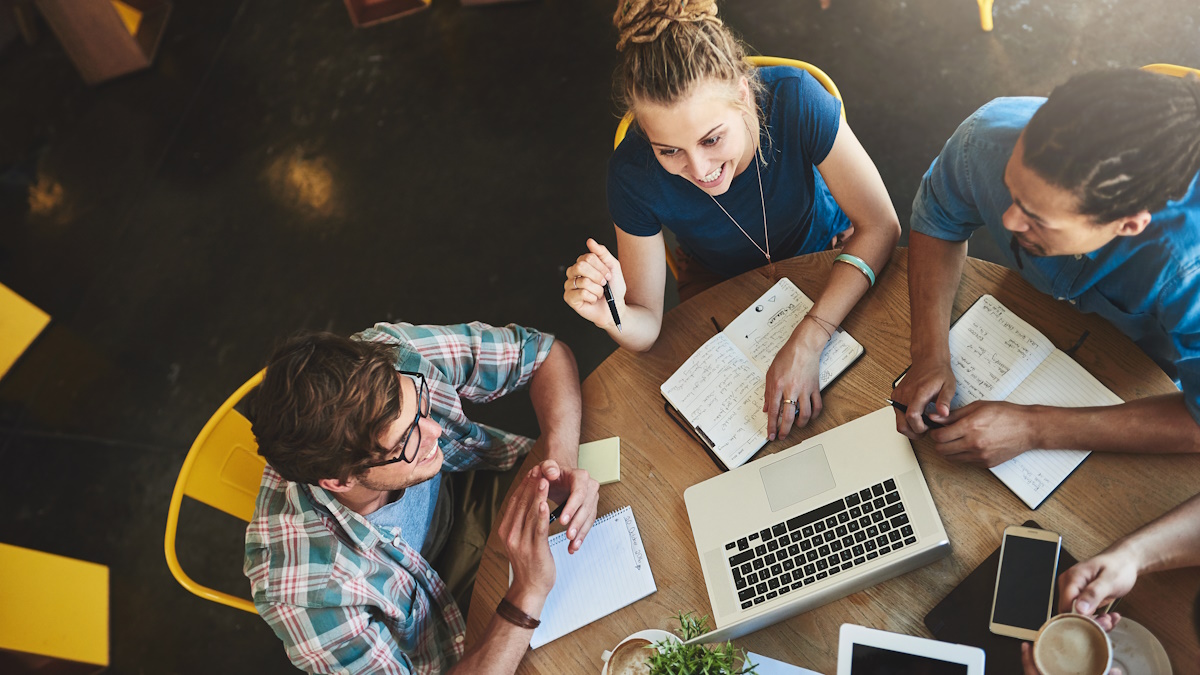
A Kish Grid is a mechanism for randomizing who to interview within a household when going door-to-door. Its purpose is to eliminate bias that can be created by just interviewing whoever happens to answer the door, because younger and older household members are less likely to do this.
Knowing what a Kish Grid looks like, and how it’s read, is helpful for understanding how to script one.
The Kish Grid is read by cross-referencing the Household Sequence number (e.g. 7) against the Number of eligible people in that household (e.g. 4). In this example, the resulting answer is 3. This indicates the interviewer should interview the 3rd youngest eligible person in the household.

The complete Kish Grid script can be downloaded from a link at the end of this article. The extracts below are just a selection of examples to help you understand how the script and variables are constructed.
Setting up the randomization
This starts with creating arrays for each of the eight columns. Using a household size of 100 provides good scope for randomization.
*VARS EligablePeopleNum1[100], EligablePeopleNum2[100], EligablePeopleNum3[100],
EligablePeopleNum4[100], EligablePeopleNum5[100], EligablePeopleNum6[100],
EligablePeopleNum7[100], EligablePeopleNum8[100]
Specify an array of 8 counts. These counts will be used for looping in each column to populate its value. As we have 8 columns to represent a maximum of 8 eligible people in a household, 8 counts are needed.
*VARS Count[8]
Set each of count value to 1 as initialization for counting.
*REPEAT 8
*PUT Count[?R][1]
*ENDREP
The script will now populate the table by repeating a simple loop 100 times to fill in each row, one after one. In each loop, it fills in each column.
*REPEAT 100
*PUT EligablePeopleNum1[?R] [1]
*IF [Count[2] <= 2] *PUT EligablePeopleNum2[?R] [Count[2]] *PUT Count[2] [Count[2]+1]
*IF [Count[2] >2] *PUT Count[2] [1]
*IF [Count[3] <= 3] *PUT EligablePeopleNum3[?R] [Count[3]] *PUT Count[3] [Count[3]+1]
*IF [Count[3] >3] *PUT Count[3] [1]
*IF [Count[4] <= 4] *PUT EligablePeopleNum4[?R] [Count[4]] *PUT Count[4] [Count[4]+1]
*IF [Count[4] >4] *PUT Count[4] [1]
*IF [Count[5] <= 5] *PUT EligablePeopleNum5[?R] [Count[5]] *PUT Count[5] [Count[5]+1]
*IF [Count[5] >5] *PUT Count[5] [1]
*IF [Count[6] <= 6] *PUT EligablePeopleNum6[?R] [Count[6]] *PUT Count[6] [Count[6]+1]
*IF [Count[6] >6] *PUT Count[6] [1]
*IF [Count[7] <= 7] *PUT EligablePeopleNum7[?R] [Count[7]] *PUT Count[7] [Count[7]+1]
*IF [Count[7] >7] *PUT Count[7] [1]
*IF [Count[8] <= 8] *PUT EligablePeopleNum8[?R] [Count[8]] *PUT Count[8] [Count[8]+1]
*IF [Count[8] >8] *PUT Count[8] [1]
*ENDREP
The script will generate a question in the CAPI survey asking how many eligible people the household consists of.
*QUESTION 10 *NUMBER 61L1 *SAVE FamilySize *MAX 8
How many people live in this household?
And ask for their names, in ascending age
*QUESTION 2 *FORM *CONTROL Q11 W
Name them in ascending age (youngest first)
1: 1-*ALPHA 71L30 *SAVE Name[1]
2: 2-*ALPHA 101L30 *SAVE Name[2]
3: 3-*ALPHA 131L30 *SAVE Name[3]
4: 4-*ALPHA 161L30 *SAVE Name[4]
5: 5-*ALPHA 191L30 *SAVE Name[5]
6: 6-*ALPHA 221L30 *SAVE Name[6]
7: 7-*ALPHA 251L30 *SAVE Name[7]
8: 8-*ALPHA 281L30 *SAVE Name[8]
Let’s look at an example where we’ve just used a random number as the household sequence number.
*PUT HouseHoldSeq [RAN(8)]
*PUT HouseHoldSeq [HouseHoldSeq + 1]
Or you can choose a Household Sequence number from your respondent table. In this case, make sure the array sizes are also adjusted in the script.
Next, we refer to this table to find which person should be interviewed.
*VARS ans
*IF [FamilySize = 1] *PUT ans [EligablePeopleNum1[HouseHoldSeq]]
*IF [FamilySize = 2] *PUT ans [EligablePeopleNum2[HouseHoldSeq]]
*IF [FamilySize = 3] *PUT ans [EligablePeopleNum3[HouseHoldSeq]]
*IF [FamilySize = 4] *PUT ans [EligablePeopleNum4[HouseHoldSeq]]
*IF [FamilySize = 5] *PUT ans [EligablePeopleNum5[HouseHoldSeq]]
*IF [FamilySize = 6] *PUT ans [EligablePeopleNum6[HouseHoldSeq]]
*IF [FamilySize = 7] *PUT ans [EligablePeopleNum7[HouseHoldSeq]]
*IF [FamilySize = 8] *PUT ans [EligablePeopleNum8[HouseHoldSeq]]
*PAGE
Family size: *?FamilySize
means to use array EligablePeopleNum*?FamilySize
Household Seq: *?HouseHoldSeq
means to use row *?HouseHoldSeq
So you should pick the family member *?Name[ans] in the *?ans (-th) position to interview
The following animation gives an idea how it looks from interviewer’s perspective.

We hope this helps you understand how to set up your own Kish Grid in Nfield CAPI, based on our Kish Grid script. If you have any questions or feedback, please don’t hesitate to contact us.
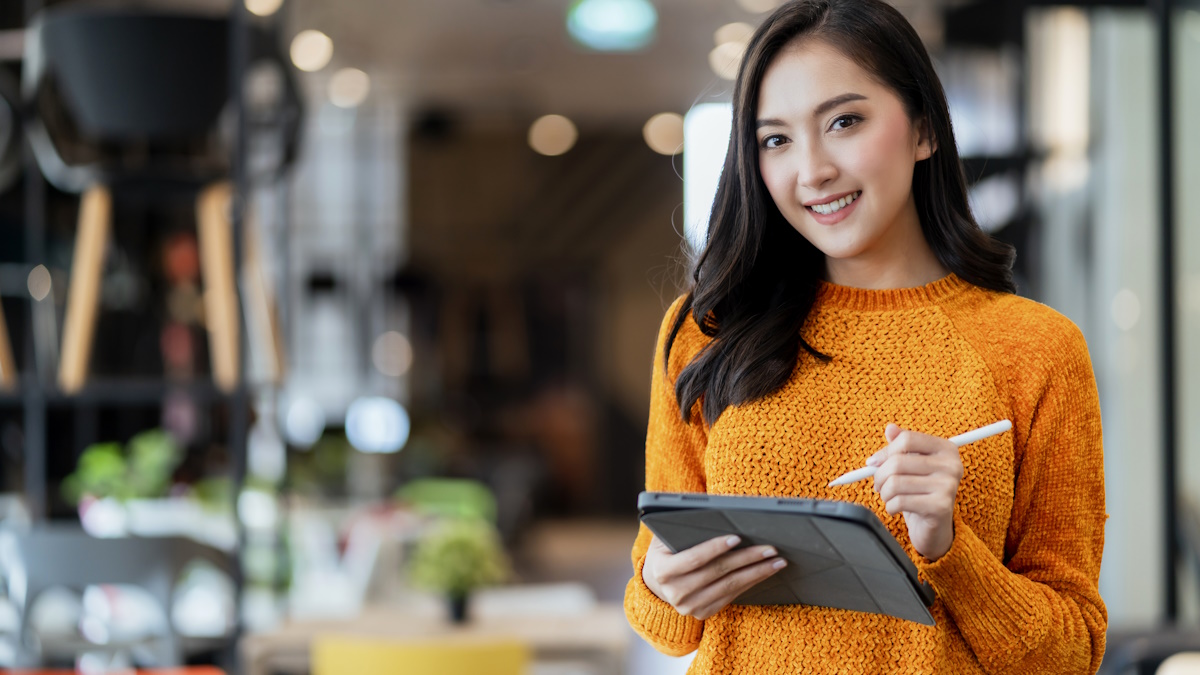
As Market Research requirements continue to evolve, we’ve recognized a need for sampling points which also incorporate addresses.
Quota sampling and address-based sampling are commonplace. Up till now, it has been a choice of one or the other. However, it would be beneficial to combine the two, for both practical and financial reasons.
Follow up: We’ve often heard about market researchers who’ve needed to follow up on incomplete visits (e.g. busy respondent) to complete a sample quota.
Avoid over-shoot: In address-based sampling, fieldwork projects can be made more cost-efficient by stopping interviewing when enough addresses have been completed.

You should choose to set up this survey type in Nfield if your project has the following characteristics
Setting up a combined quota-address survey in Nfield is similar to setting them up separately.
Before you start, we recommend watching NIPO Academy 37 to learn how to set up a CAPI survey with sampling point with/without quota. You can also refer to our blog post Embedding Sampling Points in Quota Target surveys for deeper and more balanced insights. Then, you just need to add the addresses.
Setting up this survey type is easy.
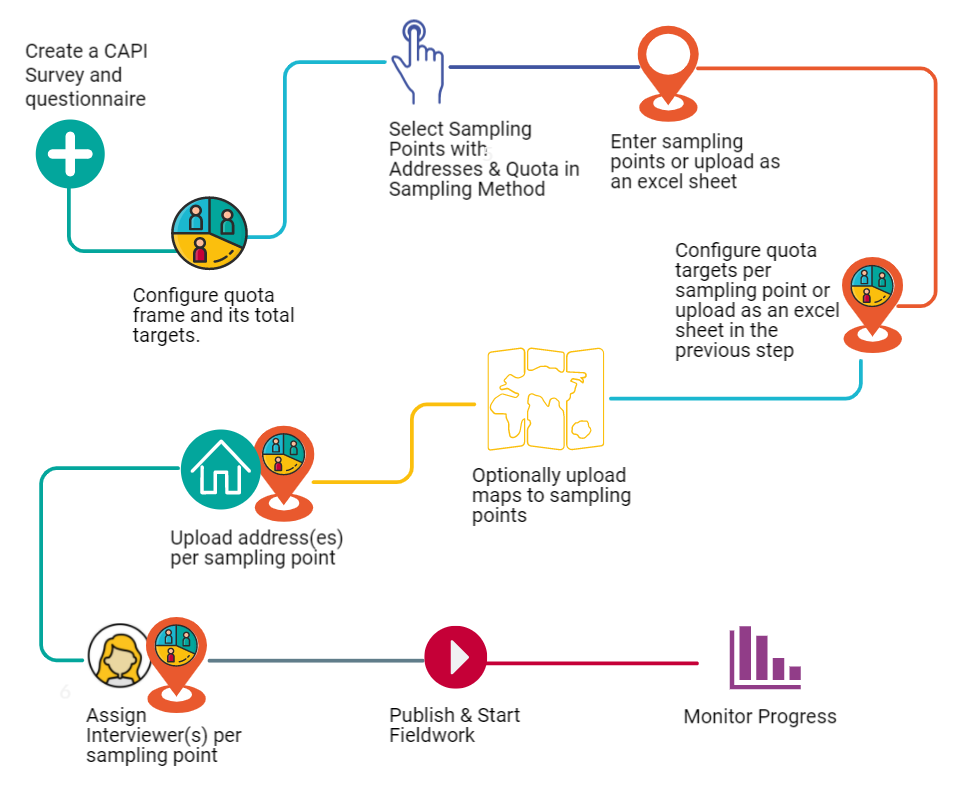
If you have any questions or comments about setting up and using CAPI surveys with Sampling Points with addresses and quotas in Nfield Manager, please do not hesitate to contact us.
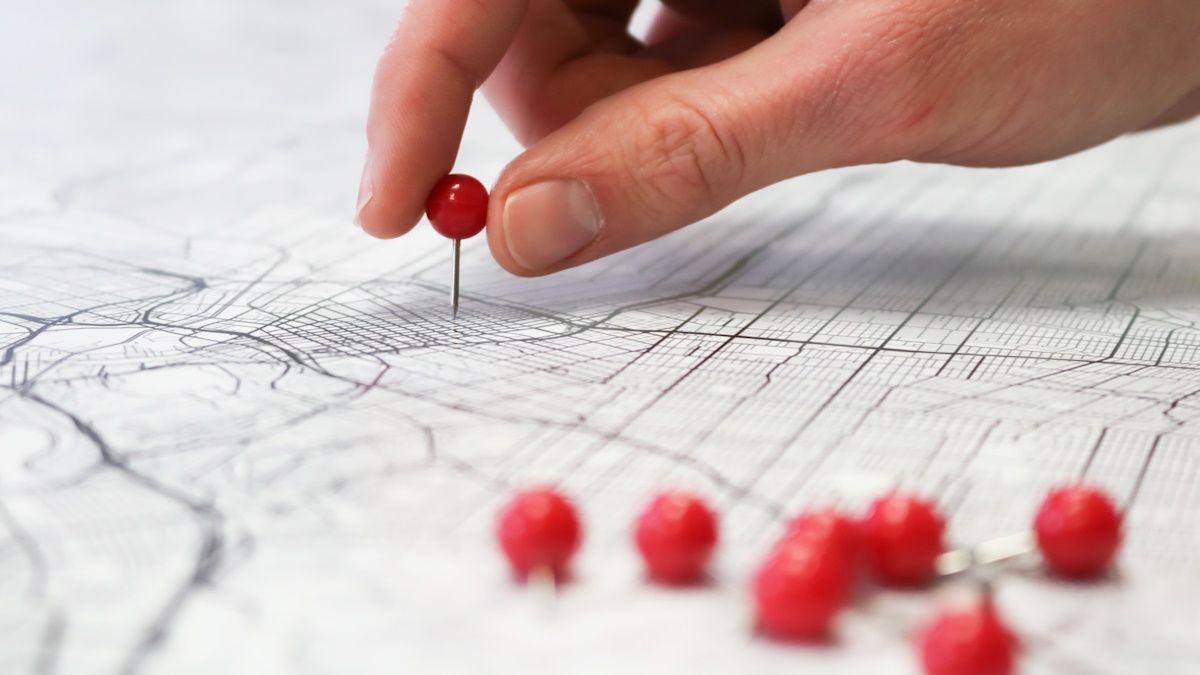
NIPO has released a Markdown theme to be used on top of the NfieldChicago template. With this theme you can use various Markdown language commands in your survey to highlight text, organize the survey page and style your survey. In this series of NIPO Academy sessions we will explain how to use this theme and demo some of the new options it provides.
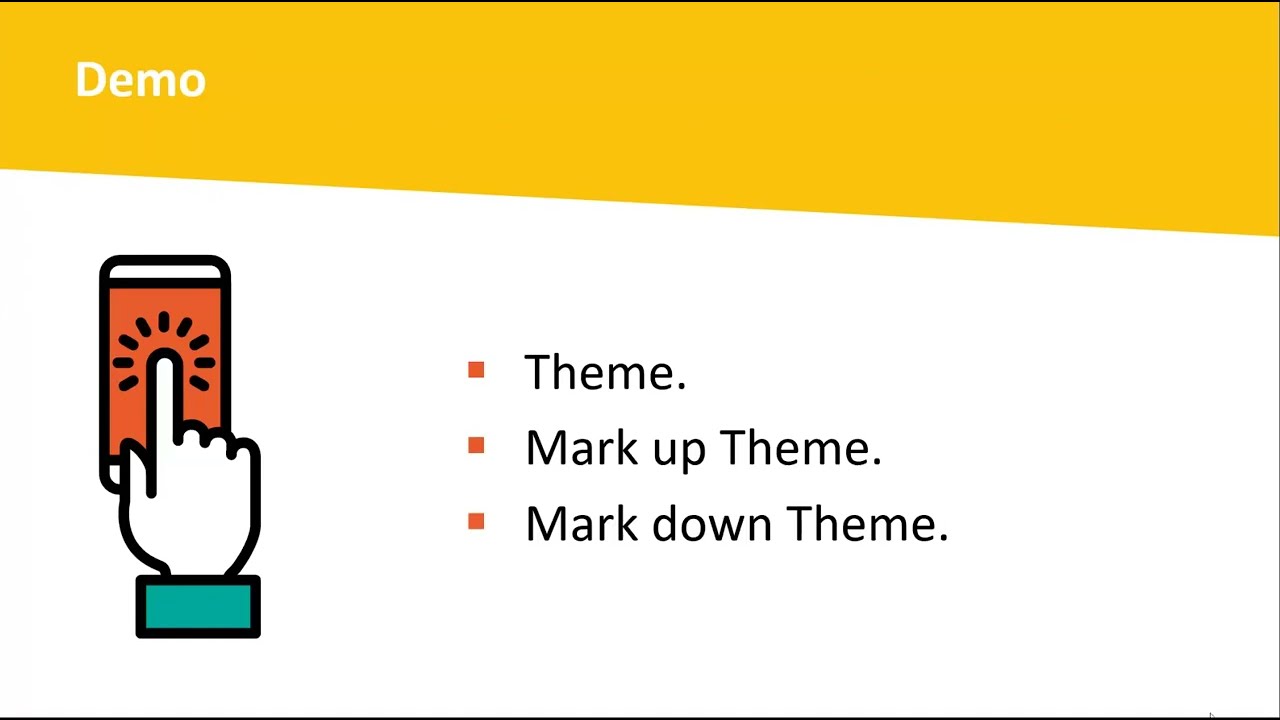
Attractive, easy-to-digest presentation plays an important role in encouraging survey response. Nfield automatically wraps surveys in a professional design that’s consistent with our industry’s highest standards. Most of the time, this provides everything our users need. However, there can be occasions when you want to customize your presentation more extensively.
Experienced scripters with knowledges of common web development techniques (Javascript and CSS) can add extra presentation elements by incorporating their own theme packages (via a zip file).
Markdown is a lightweight markup language that can be used to add formatting elements to plaintext documents.1 It is very popular, especially among developers, and is widely used by our own teams and in Nfield documentation.
We’ve added a new pre-packaged theme (markdown.zip) to the theme example section in NfieldChicago documentation for you to use. This includes a third-party library as a Markdown parser, which provides you with additional options for formatting your text using basic Markdown syntax.
Here’s how it works.
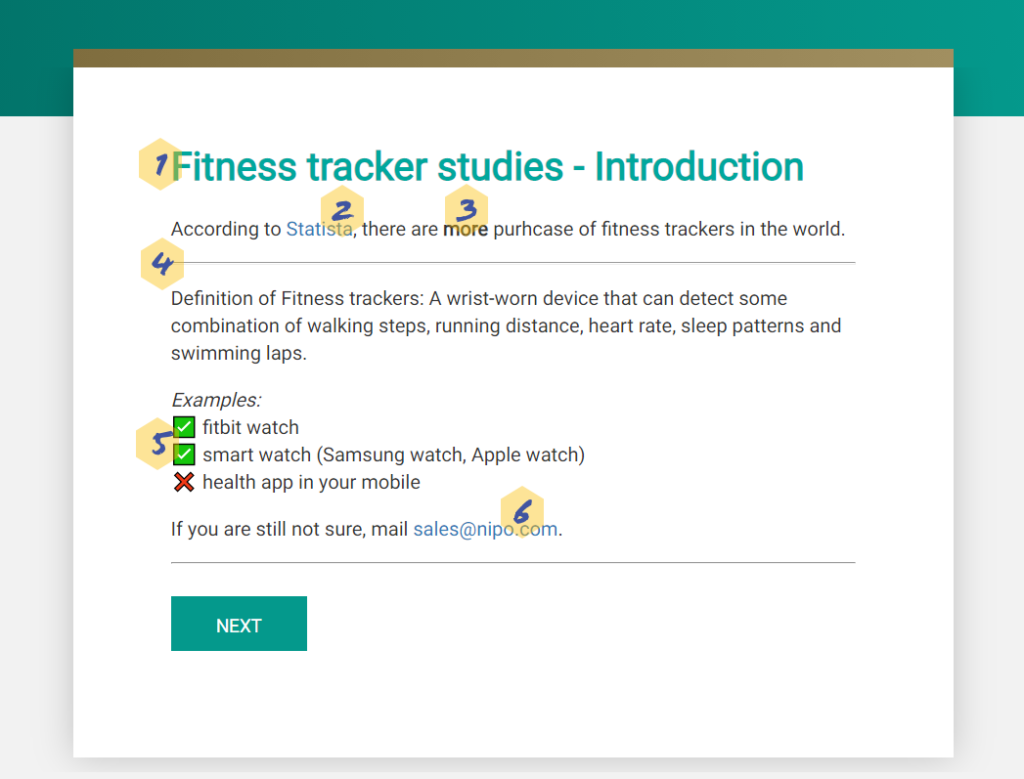
Adding headers improves respondents’ experience, by clarifying where they are in the survey.
These are created by simply using # for header 1) and ## for header 2) …etc.
Links are sometimes useful for enabling respondents to reference relevant information, which helps them understand context and increase their trust.
A clickable link that opens in a new tab is created by using [text](url) "optional hover-over text".
There is no need to define bold, italic and bold and italic for every different font.
In Markdown language, this is achieved simply by using _italic text_, __bold text__ and ___bold italic text___. This results in much simpler, easier to read scripts.
If you want to add supplemental information to help respondents answer specific questions, enclosing this between two horizonal lines makes for a good, clear presentation.
A line can be created in Markdown by using ---.
Millennials are more likely to engage in surveys that are presented in a more visual and gamified way. Emojis3 are also a good tool in this regard.
You can now copy and paste emojis to your script. See a list of emojis in Unicode 1.1.
It is usual to provide a means of contact either at the beginning or the end of a questionnaire.
You can now easily incorporate a clickable link by enclosing your email address as shown here <sales@nipo.com>. This will launch the users email program / app.
Instructions for doing this begin at step 7 of 10 Steps to create a theme. If this will be your first time incorporating a theme in Nfield, we recommend watching Academy #6 NfieldChicago theming.
The world of Markdown is quite extensive, with possibilities ranging from standard headers to more advanced options. Please look at theming in NfieldChicago documentation to download and try this out. We also have another example theme available for setting font colors called markup.zip (See bottom right for download link). Please feel free to share any feedback or questions you have about themes with us.
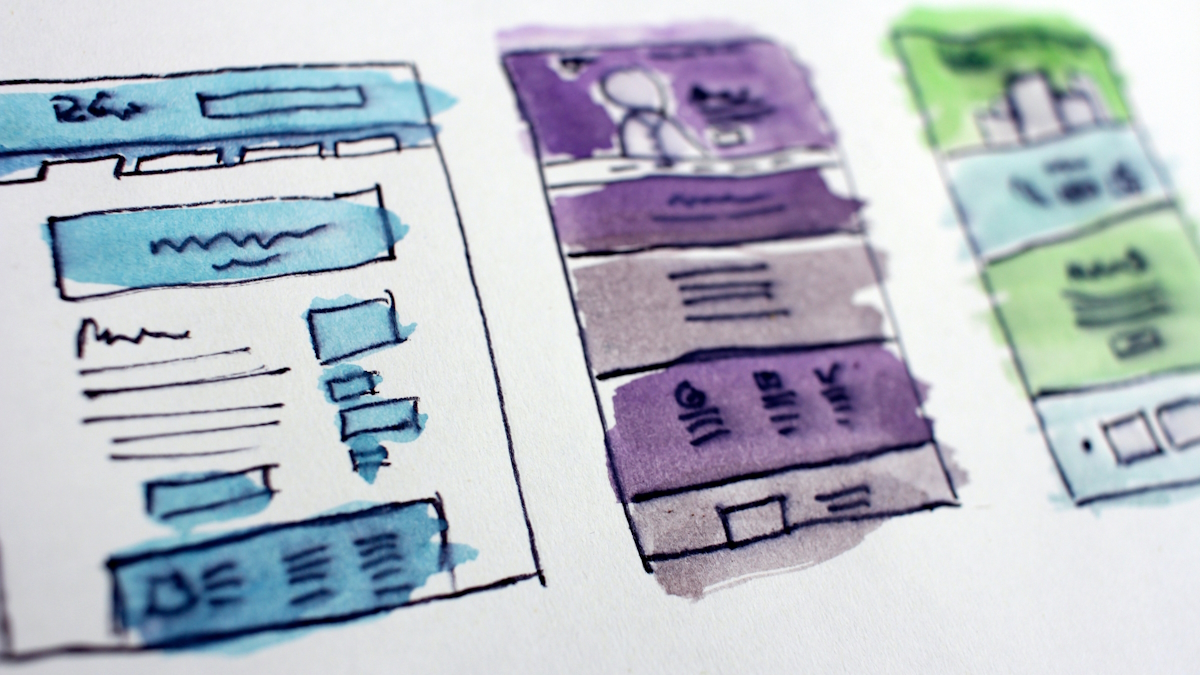
NIPO is proud to announce the opening of our new Mumbai office. In recent years we have seen a strong growth of our business in the Asia Pacific region, something that also was the result of our Nfield China deployment we launched 2 years ago. This major step is now followed by the opening of our new office in Mumbai, that has been in business as of 1 November 2021.
The NIPO Mumbai office will be dedicated to supporting our customers in the Asia Pacific region, with backup from the NIPO Helpdesk in Amsterdam.
NIPO offers remote support to all Nfield users by email (no telephone at the moment, due to all staff working at home for reasons related to Covid), hosts Nfield introduction sessions and on-site training sessions on topics ranging from survey creation to fieldwork management.
Office contact details:
3rd Floor,The ORB
IA Project Road, Andheri
Mumbai 400099, India
We are delighted to announce the opening of this new office and look forward to supporting you from Mumbai!
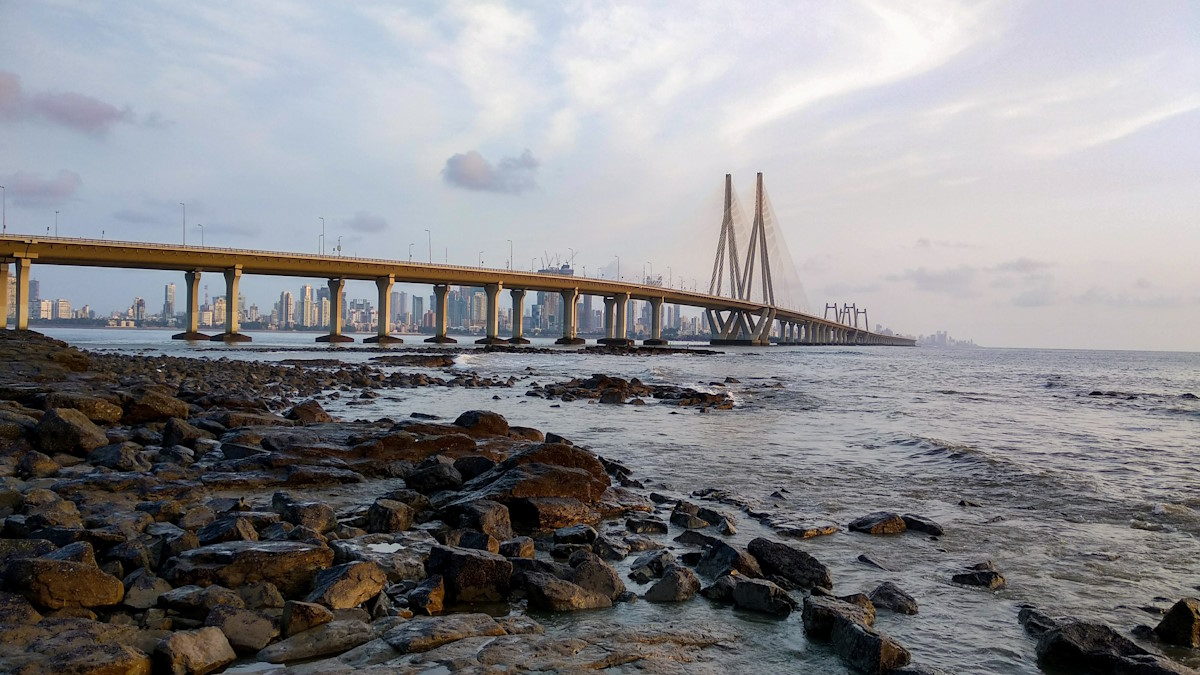
Nfield’s Voice Over feature is a very useful tool for both Online and CAPI surveys, which can be used to overcome visual impairments (Online), interviewer bias (CAPI) and local dialect differences (CAPI and Online).
By voicing survey questions and the various response options, Voice Over broadens the scope of people who can contribute to answering surveys.
In particular, it provides the following benefits:
Nfield has recently enhanced its Voice Over functionality by making it possible to play audio for questions and answers separately. So users can repeat-play specific answers for clarification, without having to listen to the entire question with all its answers over again.
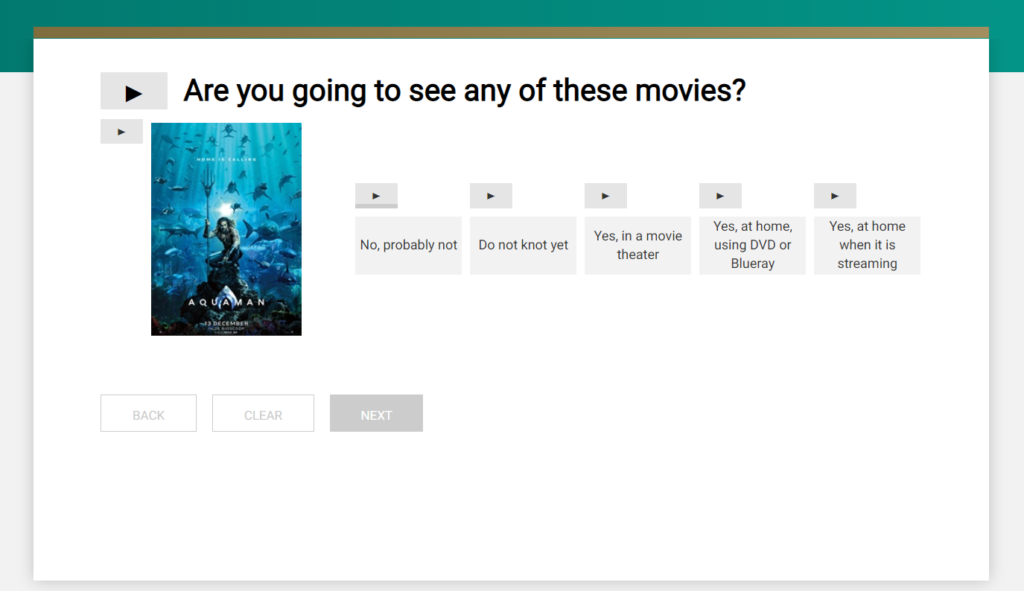
Go to the page produced by our NfieldChicago team for a simple demonstration of Voice Over in action and instructions for implementation. You’ll also find this in the NIPO Academy video #19.
Setting up Voice Over isn’t difficult. It simply needs some patience for the time taken to link each separate audio file with each part of the question.
If there’s anything else you’d like to know about using Nfield’s Voice Over feature, don’t hesitate to contact us!

Having achieved gold status for the Application Integration competency for the Microsoft Partner Network at the end of last year, we are proud to share the news of NIPO’s success in achieving an additional Silver status for the much desired Security competency.

The competencies Microsoft awards are a strong confirmation that these partners have demonstrated the highest, most consistent capability and commitment to the adoption and implementation of the latest Microsoft technology. Securing a competency is highly dependent on successful certification of technical staff, which implies a deep and continuous investment from both the organization and the individual software developers.
Our Nfield users can benefit directly from NIPOs status within the Microsoft Partner Network. Next to our annual ISO 27001-2013 (Information Security) certification, this is another proof of leading external recognition for the NIPO team and our Nfield platform. This information can be used in client pitches for those projects where Nfield, as Kantar’s destination platform, is used and where the customer would like to understand how, for example, security is addressed.
Securing the Silver status for the Security competency was one of our goals for 2021. Now the NIPO team will continue her efforts to upgrade the Security competency to Gold status.

The Nfield CAPI app, used by interviewers to conduct surveys, has recently undergone an extensive makeover to make it more intuitive and, with that, faster to work with. This has resulted in a new version (2.11) which users are now invited to switch to.
To switch to version 2.11, go to the diagnostics tab in the Nfield CAPI app’s settings. For now, these settings allow you to switch between the old and new versions as you prefer. Over time, the old version will be phased out.
Instantly identified by its teal coloring (instead of blue), the new version Nfield CAPI app has been completely redesigned in terms of navigation and how the various screens look and work. From the very start, you’ll see how all the high-level information is shown together on one screen, with the ability to expand any section in one tap. Users thereby have instant access to latest status details without going to a different screen, so can quickly switch between various functional elements.

This simplified navigation provides the shortest path to starting an interview. Throughout the course of a day’s work, interviewers spend less time navigating around the app and enjoy faster access to what they need to know and do. With fewer distractions, work is easier to focus on.
The person behind our new version Nfield CAPI app is our UX (user experience) designer, Deniz. Having worked at NIPO for more than 12 years, including time on our helpdesk, Deniz has a deep understanding of what Nfield CAPI users need. In his UX work, he uses various tools and techniques to generate insights into user behaviors. Putting these two things together, combined with the fact that user interaction technology has evolved a long way since Nfield was first launched in 2013, Deniz realized it was high time to give the Nfield CAPI app a major overhaul. The result is our customers and their interviewers all get to benefit from a more streamlined way of working.
has a deep understanding of what Nfield CAPI users need. In his UX work, he uses various tools and techniques to generate insights into user behaviors. Putting these two things together, combined with the fact that user interaction technology has evolved a long way since Nfield was first launched in 2013, Deniz realized it was high time to give the Nfield CAPI app a major overhaul. The result is our customers and their interviewers all get to benefit from a more streamlined way of working.
The Nfield CAPI app’s new look is based on the Material (https://material.io/) interface guideline that standardizes how elements in a screen should be designed for intuitive interaction. This determines the look and behavior of navigation bars and how cards are used.
Following standardized principles is advantageous because users more quickly feel comfortable with using an app that’s new to them, due to already being familiar with the process via other apps. In psychology, this is known as the Mere-Exposure Effect. So we have a very solid reasoning for adopting design standardization!
Below are the components used in building the new Nfield CAPI app. All of which should be familiar to everyone used to using apps.

Market research interviewers often only work part-time or for short-term periods. The ability to quickly get up-to-speed on how to do the job is very important. Preconditioned familiarity for how to use their tools, in this case the Nfield CAPI app, is therefore very valuable. We believe it only takes two or three uses of the new Nfield CAPI app to feel fully comfortable with it. And, of course, because the new navigation is more streamlined, work can be done more quickly too.
The new version Nfield CAPI app is all about making interviewers’ work easier and faster. Deniz will continue to update it as necessary to improve the user experience even more. The more feedback he gets from you, the better he can make it!
We therefore invite you to tell us what you think about the new version Nfield CAPI app. What do you like about it and what do you feel should be done differently? What new functionality would you like to have?
Contact us at info@nipo.com.

Nfield surpassed a significant milestone on 20 May 2021, smashing through the 100K completed interviews per 24 hours barrier. More importantly, the Nfield platform handled the 104,758 successful completes without showing the slightest level of stress.
The record completion rate was comprised of 86,949 Online surveys and 17,809 CAPI surveys. Of these, 49K were performed on the APAC server, an incredibly high figure which was driven by a single survey in Japan which produced 37,226 completes.
This Japanese survey is, itself, significant for the fact that it ran as an isolated survey using dedicated Azure resources (containers). Using this solution means that the load it generated did not have any impact on other domains and/or surveys. The ability to run isolated interviewing is facilitated via Nfield’s Function app, which has been made possible following intensive collaboration between our team and Microsoft architects. The Function app itself was hit more than 2 million times in 24 hours in relation to this Japanese survey.
Having confirmed Nfield’s ability to comfortably handle this level of traffic, we are looking forward to it becoming a daily norm. It’s good to know that isolation can be a very positive thing! 😊
Fully compliant practices and ISO 27001:2013 certification for our Nfield data collection solution means you can rest assured when it comes to data security. Nfield is a scalable solution with an open architecture that allows you to perform simple to complex surveys with stunning design. Nfield is the cloud survey solution for market research professionals.

Sampling Points enable researchers to obtain quota-proportioned responses across all individual settings within a CAPI survey. They can be embedded in Quota Target surveys to ensure consistent representation within every different location. As well as providing overall balance, the use of Sampling Points means fieldwork progress can be examined on a setting-by-setting basis.
Sampling Points are the various locations where interviews are carried out within a CAPI survey. They might be exhibition halls, shopping malls, districts, cities, cinemas, hospitals, places of worship, etc. When Sampling Points are applied within a survey, every fieldwork location must be designated as or to a Sampling Point. There cannot be any non-designated interview locations.
Because different sampling points might be different sizes, with access to more or fewer respondents, each one requires its own Quota Target.
For example, a CAPI survey examining behavior of hotel guests would involve face-to-face interviews in variously-sized hotels. To ensure respondents from each key gender and age group segment are proportionately represented at each individual location, the Quota Targets are adjusted according to hotel size. The smaller the hotel, the smaller the quota targets, and vice versa. But the ratios per segment always stay the same. Larger hotels may thereby also call for more interviewers to be assigned.

Sampling Points are easy and intuitive to set up in the Nfield Manager. If you already have any CAPI Sampling Point with Quota surveys in CAPI Manager, you can easily migrate these to the Nfield manager for an improved experience, with just one click.
Sampling Points can be set up in the Nfield Manager either by manual entry or by uploading an excel sheet (complete with Quota Targets). These can also easily be individually updated as necessary.
Note that you have to calculate and enter the different Quota Targets for each Sampling Point. Nfield doesn’t have a facility for automatically adjusting these.

If you have any questions or comments about setting up and using CAPI surveys with Sampling Points in the Nfield Manager, please do not hesitate to contact us.

App-in-the-Middle is a feature developed for Nfield, in which control of a survey is temporarily handed over to an external application, so that functionalities not offered within Nfield can be incorporated into survey execution. This is useful, for example, if you want to make use of a Sawtooth module for implementing a complex conjoint.
All you have to do is instruct your Nfield survey when to switch to the external app, and instruct the external app when to switch back to your survey. Making sure, of course, that all the relevant data is handed over during both switching processes.

Within Nfield, this is handled in the sense of pausing and resuming interviews. We’ve accommodated the App-in-the-Middle feature by making it possible to resume paused interviews from an “as is” status, in addition to the usual “as was” status.
Under normal circumstances which don’t involve App-in-the-Middle, a paused Nfield Online or CAWI interview simply returns to its last-known state upon resuming, with all variables and routing restored to the point they were at when paused. This is known as resuming from the “as was”.
Incorporating App-in-the-Middle requires Nfield to accept changes made during the external app’s time in control and resume from this updated situation. This means resuming from the “as is” instead of the “as was”. We’ve introduced this option into Nfield, so you can now incorporate extra functionality via App-in-the-Middle whenever you need to.
This short video shows the basic principles without going into too much detail.
Control over conducting the interview is handed over from Nfield to the external app by using the ODIN command: *ENDST 107. This pauses the interview in Nfield and redirects to the relocation link defined for response code 107. The external app hands back to Nfield by redirecting to the survey URL with its corresponding respondent key and other information.
For the interview to continue in Nfield, some special script constructs must be used to prevent the interview executing *ENDST 107 again. This is done by using either the *INIT block or information that is handed over from the external app. You can find out more about using *INIT blocks in our Academy session video on pausing and resuming surveys.
The relevant information can be handed over to an external app by adding it as query string parameters to the exit link configured for the HandedOver response code (107).
For example:https://aitm.com?respondent={respondentKey}&extra={extraInfo}
This shows the names of ODIN variables between the {}. The variable names are replaced by the variable values before redirection to the external app’s URL.
The external app hands back to Nfield by redirecting to the survey URL. The survey URL must contain the respondentKey. Extra information can be added as query string parameters. The interview will then be resumed (from “as is”) with the ODIN variables having the values now shown in the query string parameters.
For example:https://{startlink}/{respondentKey}?aitmResult=199
This will resume the interview and if an ODIN variable with the name aitmResult is defined it will get the value 199.
Let us know if you want to integrate a specific app via App-in-the-Middle into your surveys. We’ll be happy to help you set up your project.


Request a demo to see how NIPO can help you meet your requirements with our smart survey solutions.